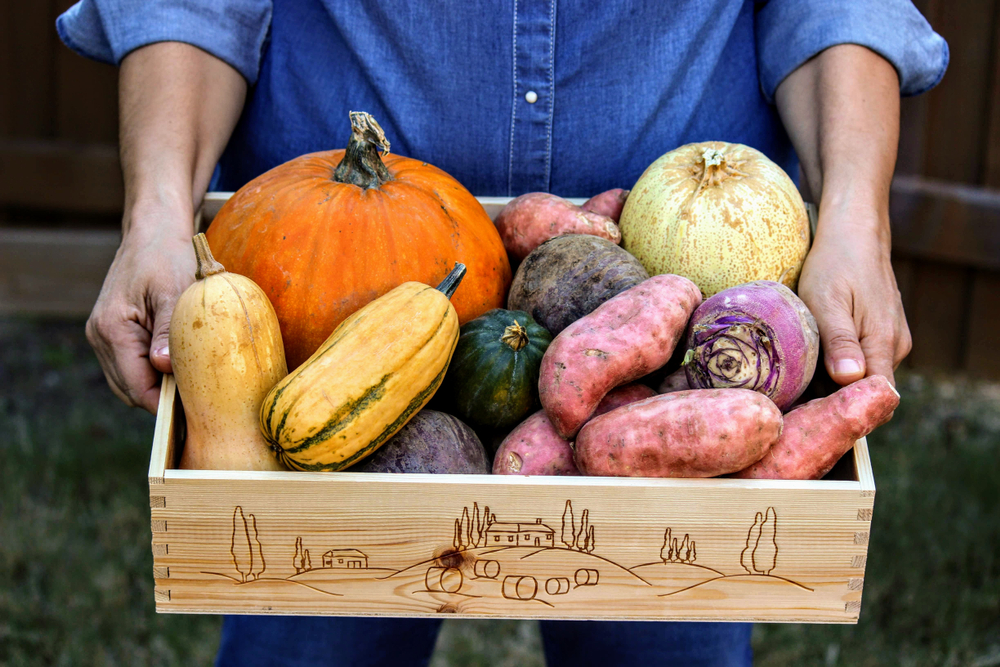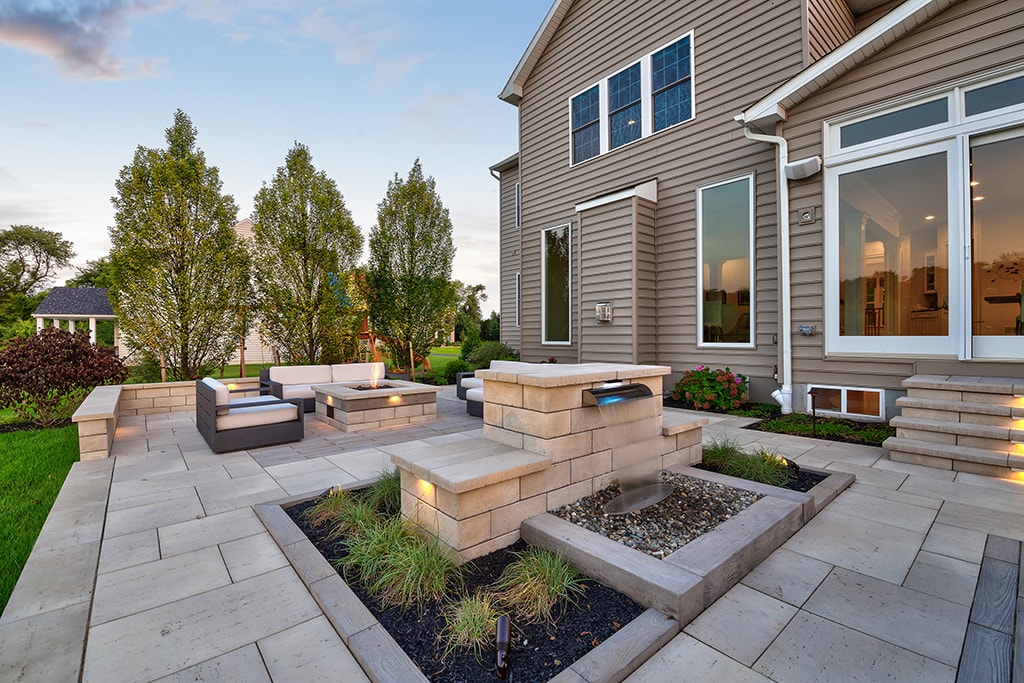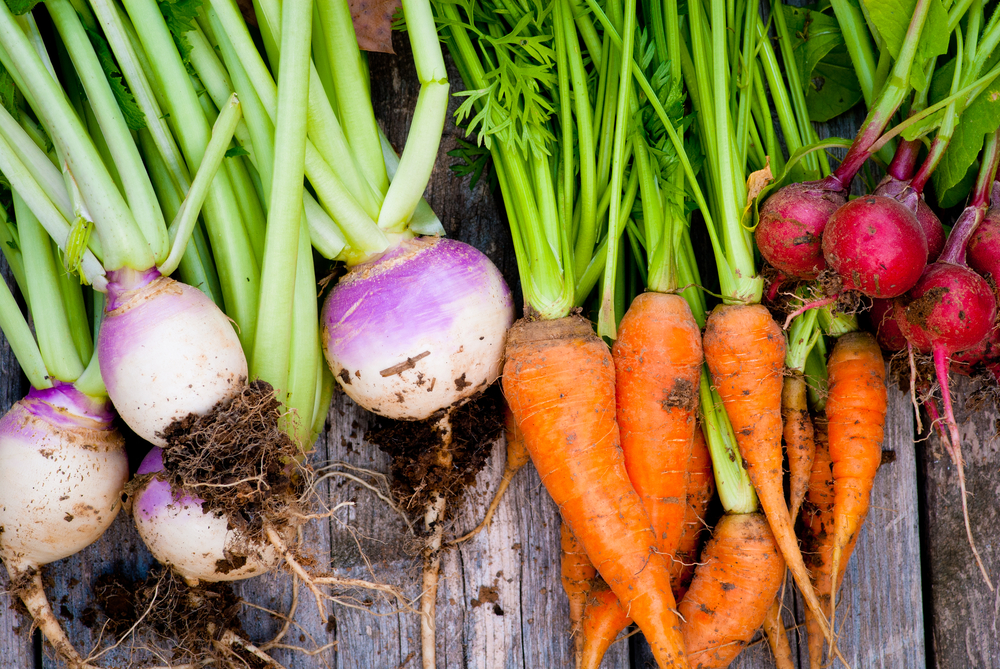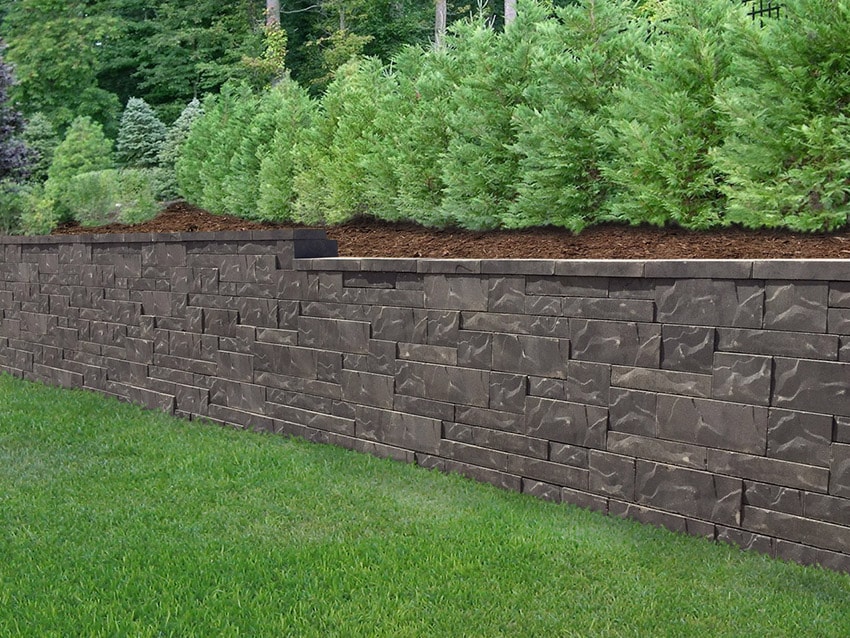Tag: redshomeandgarden
Creating a Stunning Outdoor Entertaining Area with Techo-Bloc
In today's fast-paced world, our outdoor spaces have become essential sanctuaries for relaxation, enjoyment, and entertainment. A well-designed outdoor entertaining area can transform your backyard into a welcoming haven where you can host gatherings, spend quality time with loved ones, and create cherished memories. One of the best ways to achieve this is by incorporating Techo-Bloc, a leading provider of high-quality hardscaping products, into your outdoor design.
-
The Beauty of Techo-Bloc Products
-
Pavers and Slabs for a Stunning Patio
-
Create Inviting Seating Areas
-
Outdoor Kitchen and Dining
-
Softscape Integration
Designing a beautiful outdoor entertaining area with Techo-Bloc offers endless possibilities. From stunning patios and inviting seating areas to functional kitchens and fire pits, Techo-Bloc's premium hardscaping products can elevate your outdoor space and transform it into a captivating haven for entertaining. Embrace your creativity, combine different textures and colors, and let Techo-Bloc “pave” the way to your dream outdoor entertaining area. Get ready to host unforgettable gatherings, create lasting memories, and enjoy the beauty of the great outdoors right in your own backyard!
Starting Your Own Vegetable Garden: A Step-by-Step Guide
There is something very satisfying about growing your own vegetables. Picking ripe tomatoes for a salad or steaming fresh broccoli from your garden not only gives you fantastic-tasting food but provides a sense of accomplishment from consuming something you took time and care to cultivate. If you are new to the experience, you can assemble a thriving garden quickly. All you need is a little knowledge, and here are the steps to get you started.
Select a Spot for Your Garden
There are only a few requirements when choosing an ideal location for your garden. The primary goal is to pick a location with full sun where all the plants can have optimal growing conditions. It is also essential to have convenient access so that you can give your garden the regular attention it needs. Additionally, try to choose a spot that is level. It will make the garden easier to maintain and allow you to create a healthy environment for growing vegetables.Plan Your Layout
The design you choose for your garden is as important as the location. The layout should be designed for both aesthetics and functionality. The primary concern is creating optimal conditions for the vegetables you grow. A simple and casual garden can have wide rows that make fertilizing, watering and harvesting a snap. If you plan on growing a more significant crop, reduce the spacing between rows to allow full use of the area.Decide What To Grow
Deciding what you want to grow is a satisfying aspect of creating your new garden. You may be inclined to try to grow every vegetable you love, but limiting what you cultivate is essential. Select veggies that are challenging to purchase or concentrate on your favorites. For instance, if you are a tomato lover, expand with multiple varieties. This will ensure you are getting the most personal reward for your efforts.Choose Seeds or Seedlings
When in the first stages of making a garden, know that using seeds for each plant you grow is only sometimes necessary. Although you may have particular hopes about what you choose to grow, starting your garden solely from seeds can take time and effort. Instead of nurturing tiny plants indoors until they are ready to cultivate outside, you can easily visit a garden center and select young plants already ready to incorporate into your garden.Pick the Right Soil
A soil rich in nutrients and full of life is ideal for your garden to give the plants you are growing the energy they need to thrive. Inspect the earth and identify its characteristics. Check to see if it is dense, gritty, or dry. You may need to augment it by incorporating organic matter to ensure you provide a healthy environment for your vegetables. The ideal soil should have a rich, dark, moist and crumbly texture.Prepare for Pests
Of course, you knew this would be a subject to address. Controlling pests is part of the package when you have a garden, but it does not need to be daunting. The last thing you want to do is spray your beautiful vegetables with pesticides. Instead, there are natural methods you can use to help mitigate pests. The first step is to control the weeds. Keep them in check by adding clean straw or mulch around larger plants. Keep pets and other animals out of your garden. Consult your local garden center for pertinent information about dealing with local insects and wildlife.Get Inspiration to Start Your Amazing Garden Today!
Now that you have a plentiful bounty outside your door, you may be unable to consume everything. Freeze or can some veggies for winter and have fun sharing your efforts with people you know with a fresh basket or casserole. At Red's Home and Garden, we have all the supplies to inspire you and make your garden dreams come true. Contact us today to get in touch with our team of professionals to help you achieve your vision. Grab some tools and get started!What Makes a Retaining Wall Work?
Allan Block retaining walls make it possible to build homes and achieve landscaping projects in some of the most unlikely places. These walls can support foundational structures and significantly reduce soil erosion. Builders have relied on them for millennia, but how exactly do they work?
What Are the Main Types of Retaining Walls?
Before determining the secret to how a retaining wall works, it’s important to understand the two main types. These types bring different structural components and mechanics to the table.Gravity Walls
Gravity walls require a precise weight and setback to work properly. Setback refers to the angle at which the wall leans to keep the soil in place. The weight of the wall and the degree of leaning from the vertical upright position are the two secrets behind how this type of retaining wall works.Reinforced Walls
These walls are a little more complicated and require three components: weight, setback and geogrid. The geogrid refers to woven material used to weave soil and other materials together. Geogrid makes it possible for the walls to push back against the strong forces of the heavy soil bracing against them.What Are Additional Components of Retaining Walls?
Weight, setback and geogrid serve as the core factors behind how these walls work. As well, there are additional components to consider.Positive Interlock
In a retaining wall, the strength of each component is essential for the overall strength of the wall. To ensure full strength, Allan Block uses a rock-lock connection. Years of experience and experimentation have proven that this is the most stable and reliable block-to-grid interlock. It provides additional strength beyond the materials used to hold each component together.Internal Stability
The soil and the retaining wall work together to create internal stability. When built correctly, the soil and the retaining wall function together like one cohesive unit. When the internal stability of a retaining wall fails, it can manifest as bulging, pullout or grid rupture.External Stability
External stability depends on how well designers calculated the force of gravity and the weight of the soil. Proper analysis and accurate execution allow the soil and wall to function as one unit. Engineers achieve external stability by satisfying sliding, overturning, bearing capacity and global stability considerations.What Are Crucial Design Considerations?
When building a retaining wall, Allan Block must review several factors and how they might affect the strength and functionality of the wall. Planning for these in the initial design phase ensures your retaining wall stands the test of time:- Water Drainage: Water can move more than just soil. It can also move walls and foundation structures, so drainage is crucial to maintaining stability.
- Embedment: Engineers need to determine how deep the grid length should extend beyond the wall. This is crucial for meeting gravity mass requirements.
- Layers: Retaining walls require enough layers to ensure the internal strength can handle the load created by the soil mass. Layers also need proper spacing to distribute internal forces.





